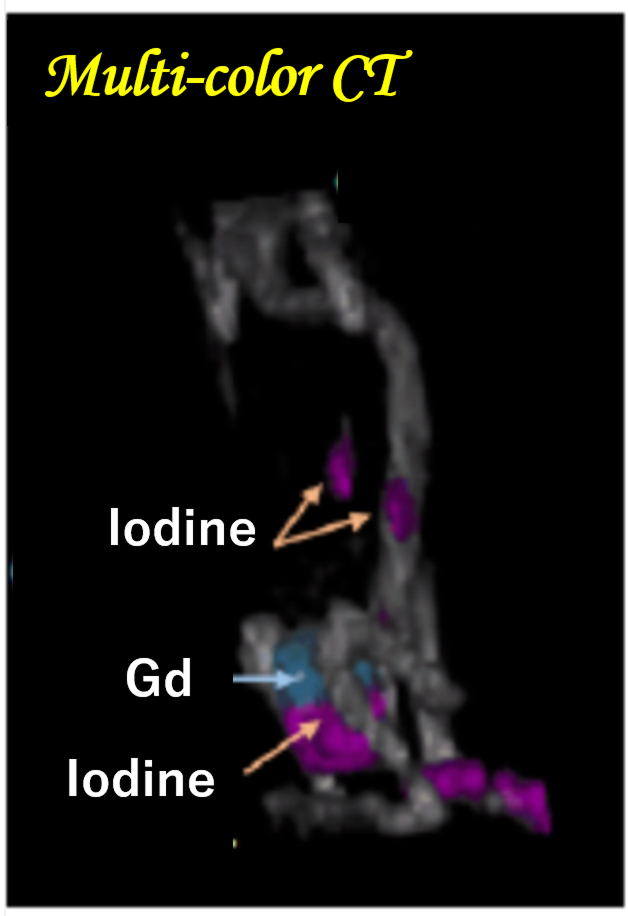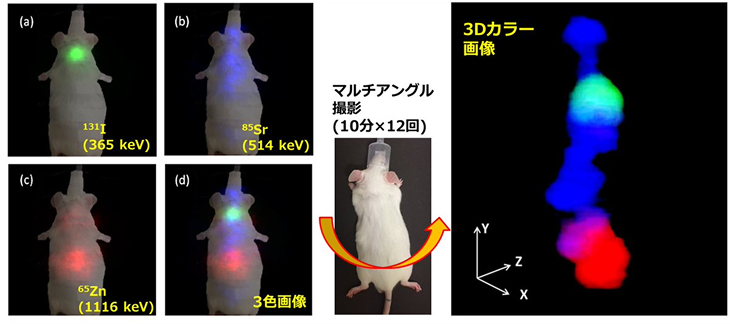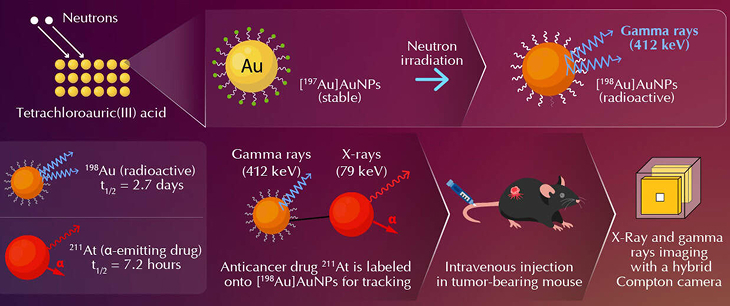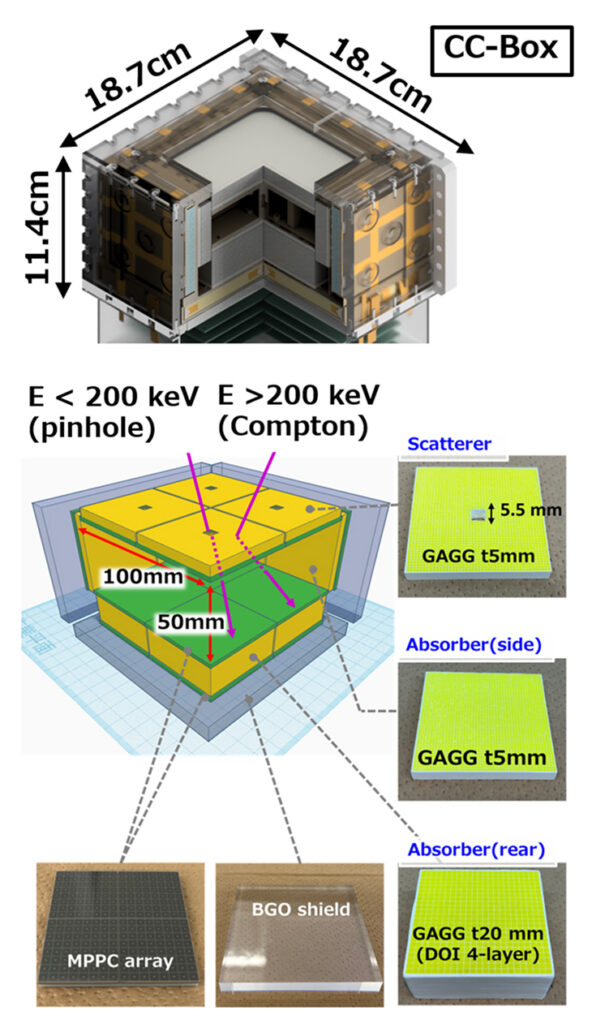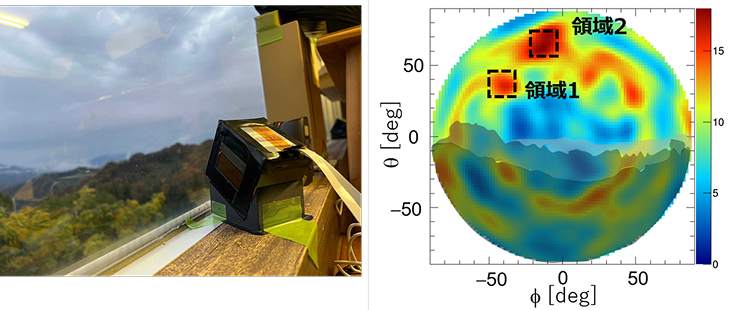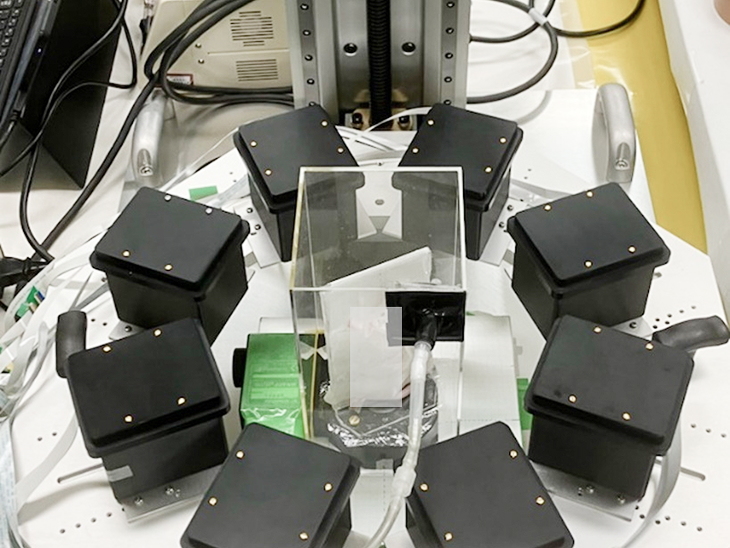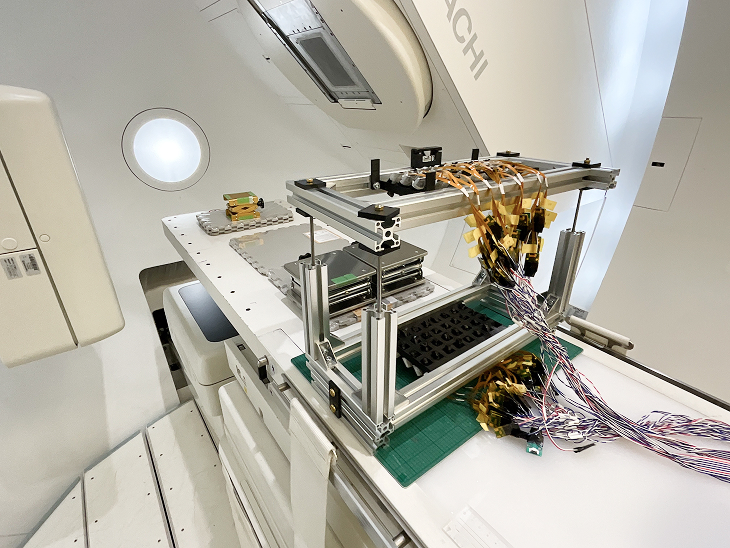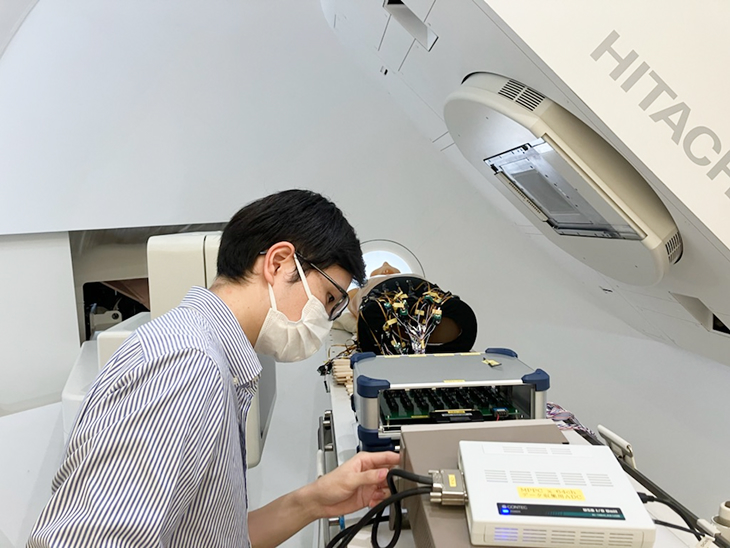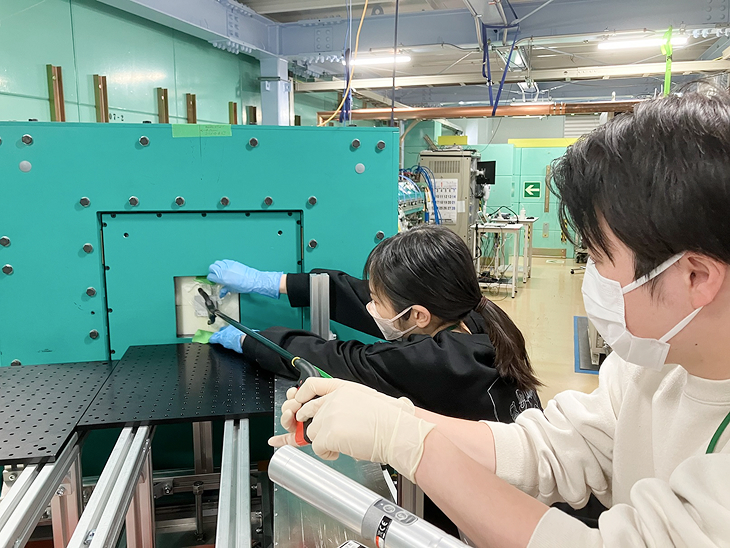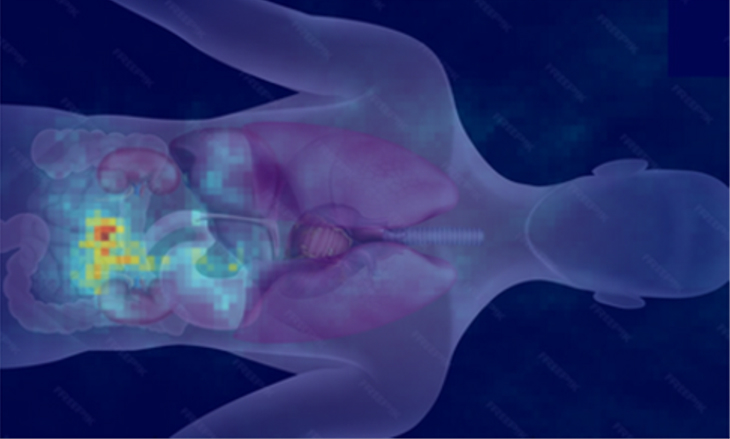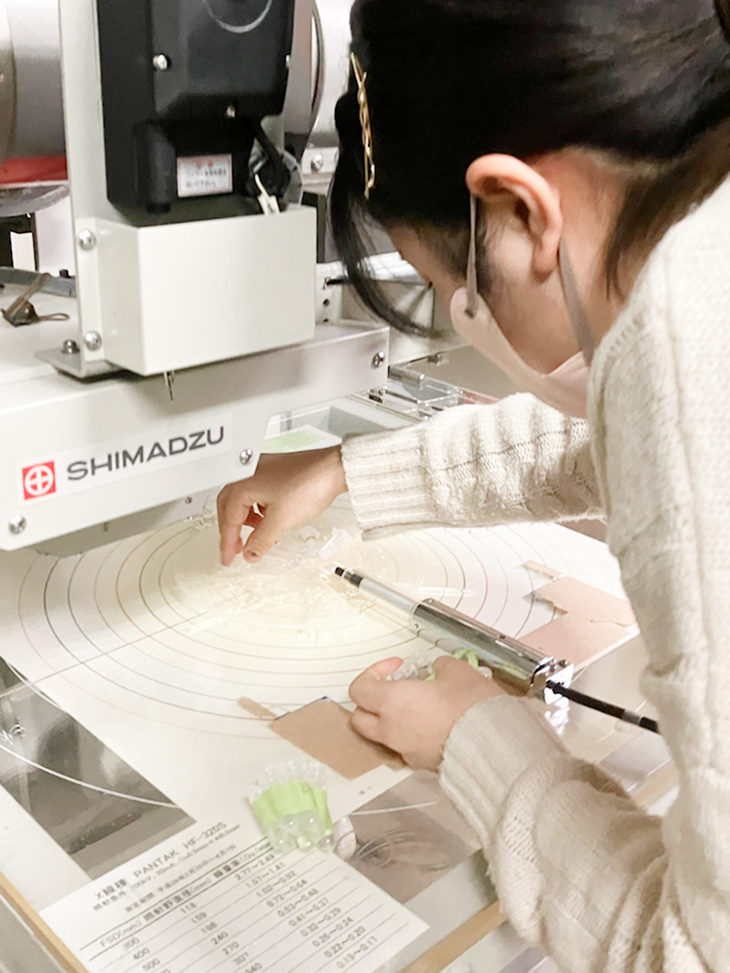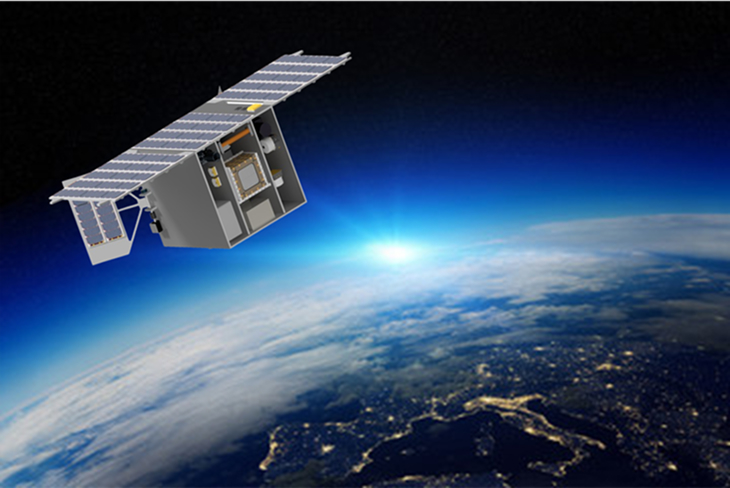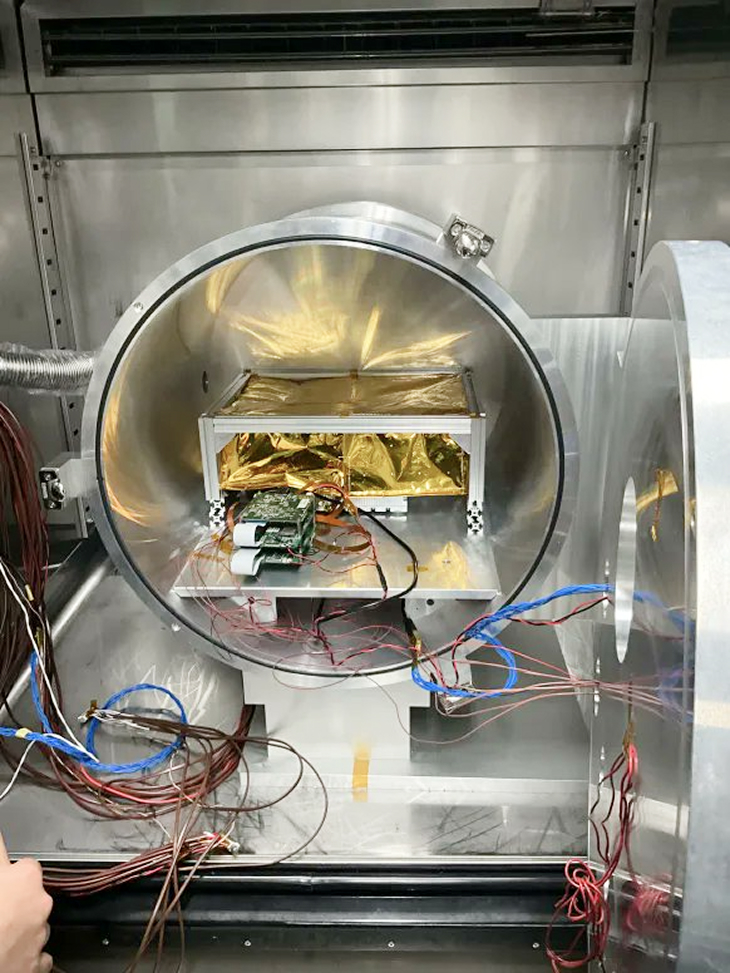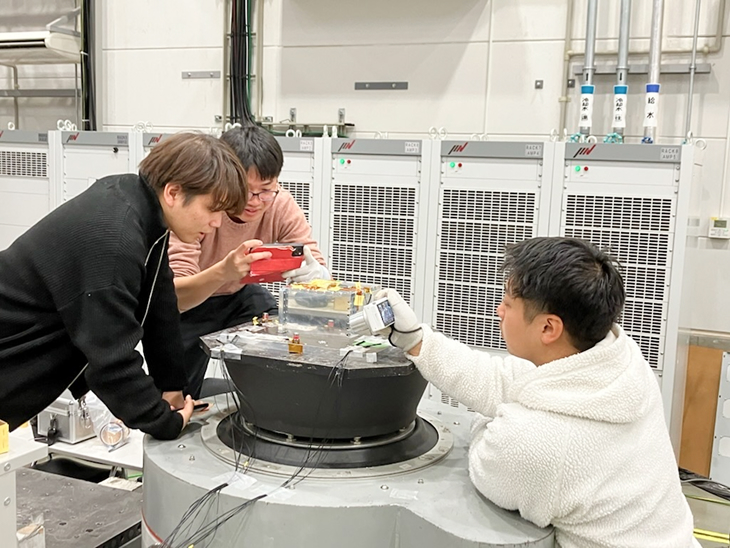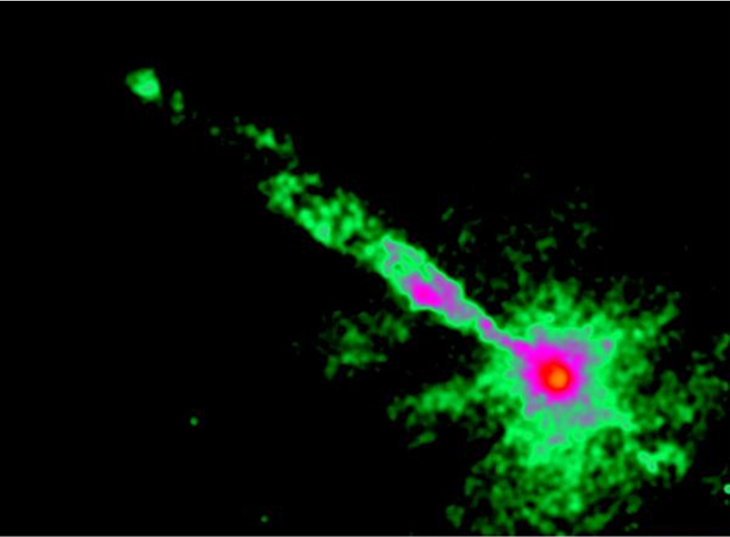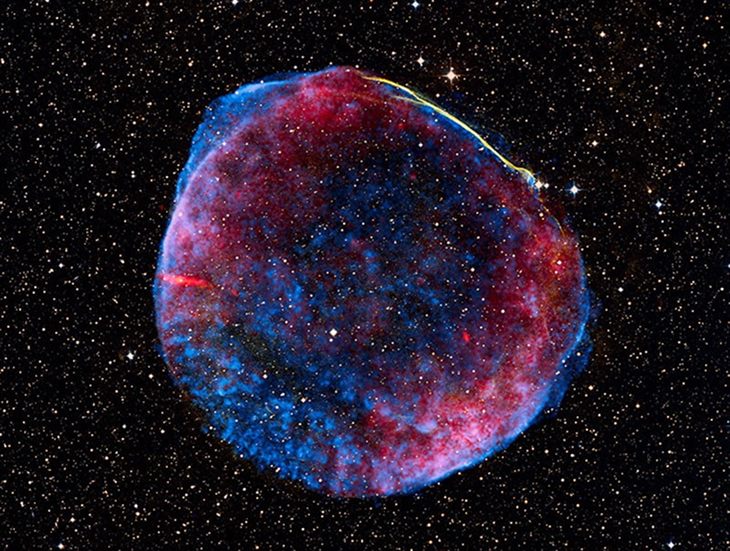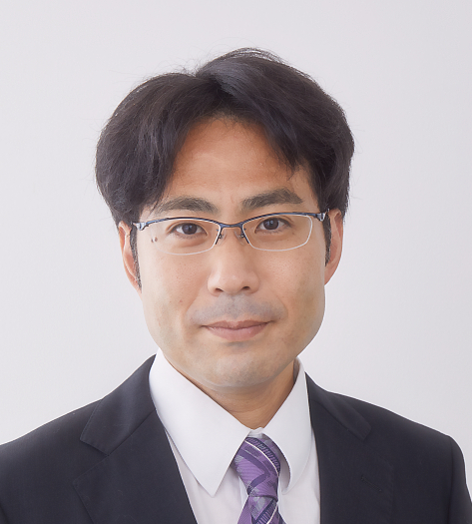
片岡 淳 教授
Kataoka Jun
専門分野
高エネルギー宇宙物理・医学応用
X線ガンマ線を駆使して宇宙を「観る」、人体を「診る」
研究テーマ
X線ガンマ線宇宙物理 / 核医学・粒子線治療 / 多色スペクトラルCT
キーワード
MeVガンマ線, レアメタル, セラノスティクス, ナノ粒子, 薬物動態イメージング
LINKS
RESEARCH OVERVIEW
研究概要
宇宙の長い歴史の中で、金やプラチナといったレアメタルは未だにその起源が解明されていません。これらは、中性子星合体(キロノバ)など爆発現象で生成されると考えられ、同時に「中性子捕獲」に伴う多様なラインX線ガンマ線が放出されると予想されています。
我々の研究室では、独自開発の高感度X線ガンマ線カメラを数十キログラムの超小型衛星に搭載し、キロノバや天の川銀河のガンマ線観測を実現し、宇宙科学の新しい窓を開きます。さらに、衛星開発で培った革新的イメージング技術を医療に応用し、レアメタルをはじめとする多様な元素の新たな可能性を模索します。たとえば、金ナノ粒子は生体適合性も良いことから薬物キャリアとして注目され、プラチナは抗がん剤そのものとして広く利用されています。通常、薬物の体内動態を可視化することは困難ですが、ここで宇宙の「中性子捕獲」を応用することができます。金やプラチナを中性子で軽く放射化することで、宇宙観測と同じ技術で薬物の動きを体外から可視化することが可能です。
X線光子一つ一つの色を高速に識別するフォトン・カウンティングCTでは、元素の色を利用し、薬物それぞれの動態を描出することができます。このように、我々の研究室では、ラインX線ガンマ線を誘発する原理や技術を共通基盤として宇宙分野、医学・薬学分野に展開し、宇宙から人体まであらゆる物質の動態を統一的に把握するイメージング技術の新しい枠組みを構築します。
とくに現在、JST 戦略的創造研究推進事業 ERATO「片岡ラインX線ガンマ線イメージング」プロジェクトを牽引し、全国の14機関・大学と連携して強力に理工医薬を横断する研究を進めています。
MESSAGE to STUDENTS
学生へのメッセージ
本専攻の使命は「物理の力でより良い未来を創る」ことです。たとえば近年、「絶対に破られない暗号」として量子暗号が注目されています。医療では「ピンポイントでがん細胞を攻撃する」画期的な治療法が開発されつつあります。いずれも物理を基礎に生まれた技術ですが、革新的なアイデアは応用し、実現してこそ真の価値が生まれます。私自身は高エネルギー宇宙物理と医学物理を専門としますが、本専攻には、数理物理、情報物理、物性物理など30名以上の教員が在籍し、国内でも最大規模の拠点を構成しています。物理学の力で、一緒に社会の期待やニーズに応えていきましょう。
GALLERY
医療系画像および宇宙系画像
学歴・経歴
1995年 東京大学理学部物理学科卒業
2000年 東京大学大学院理学系研究科博士課程修了・博士(理学)
2000-2001年 京都大学理学研究科・学振PD
2001年 東京工業大学大学院理工学研究科・助手
2007年 東京工業大学大学院理工学研究科・助教
2009年 早稲田大学理工学部・准教授
2014年-現在 早稲田大学理工学部・教授
2017-2019 年 JAXA・宇宙機応用工学研究系・客員教授
2021年-現在 JST戦略的創造研究推進事業ERATO・研究総括
所属学協会
- 日本物理学会
- 日本天文学会
- 応用物理学会
- 日本医学物理学会

Kataoka Jun
Professor
Field of study
High energy astrophysics, medical physics
Using X-rays and gamma rays to “observe” the universe and “diagnose” the human body
Research Themes
X-ray and gamma-ray astronomy / nuclear and particle therapy / spectral photon counting CT
Keywords
MeV gamma ray, rare metal, theranostics, nano particle, pharmacokinetic Imaging
RESEARCH OVERVIEW
In the long history of the universe, the origin of rare metals such as gold and platinum has yet to be elucidated. They are thought to be produced by explosive phenomena such as neutron star mergers (kilonova), where a variety of line X-rays and gamma rays are expected to be emitted due to “neutron capture”.
Our laboratory is installing a highly sensitive X-ray and gamma-ray camera that we have developed ourselves on a smallsatellite weighing several tens of kilograms, and will realize gamma-ray observations of kilonovae and the Milky Way galaxy, opening a new window into space science. Furthermore, we will apply the innovative imaging technology we have cultivated in satellite development to medical field, and explore new possibilities for various elements including rare metals. For example, gold nanoparticles are attracting attention as drug carriers due to their good biocompatibility, and platinum is widely used as an anticancer drug itself. Normally, it is difficult to visualize the dynamics of drugs in the body, but here we can apply “neutron capture” in space. By lightly activating gold and platinum with neutrons, it is possible to visualize drug dynamics from outside the body using the same technology as space observations.
Photon counting CT, which can quickly identify the color of each X-ray photon, can discriminate the color of elements to visualize the dynamics of each drug. In this way, our laboratory is using the principles and technology of inducing line X-rays and gamma rays as a common foundation to apply to the fields of space and medicine/pharmacy, building a new interdisciplinary framework for imaging that will provide a unified understanding of the dynamics of all substances, from space to the human body.
In particular, we are currently leading the JST Strategic Basic Research Promotion Program ERATO “Kataoka Line X-ray Gamma-ray Imaging” project, collaborating with 14 institutes and universities across the country to powerfully advance research that crosses the fields of science, engineering, and medicine.
MESSAGE to STUDENTS
The mission of this department is to “create a better future with the power of physics.” For example, in recent years, quantum cryptography has been attracting attention as an “unbreakable code.” In medicine, groundbreaking treatments that “attack cancer cells with pinpoint accuracy” are being developed. Both of these technologies are based on physics, but the true value of innovative ideas is only born when they are applied and realized. I myself specialize in high-energy astrophysics and medical physics, but our department has more than 30 faculty members in mathematical physics, information physics, condensed matter physics, and other fields, making it one of the largest centers in Japan. Let’s work together to meet the expectations and needs of society with the power of physics.
GALLERY
医療系画像および宇宙系画像
Education and Career
1995: Graduated from the Department of Physics, Faculty of Science, University of Tokyo
2000: Completed doctoral course at the Graduate School of Science, University of Tokyo, Ph.D. (Science)
2000-2001: JSPS Postdoctoral Fellow, Graduate School of Science, Kyoto University
2001: Researcch Associate, Graduate School of Science and Engineering, Tokyo Institute of Technology
2007: Assistant Professor, Graduate School of Science and Engineering, Tokyo Institute of Technology
2009: Associate Professor, Faculty of Science and Engineering, Waseda University
2014-Present: Professor, Faculty of Science and Engineering, Waseda University
2017-2019: Visiting Professor, Department of Spacecraft Applications, JAXA
2021-Present: Research Director, JST Strategic Basic Research Promotion Program ERATO
Professional Memberships
- The Physical Society of Japan
- The Astronomical Society of Japan
- The Japan Society of Applied Physics
- Japan Society of Medical Physics

